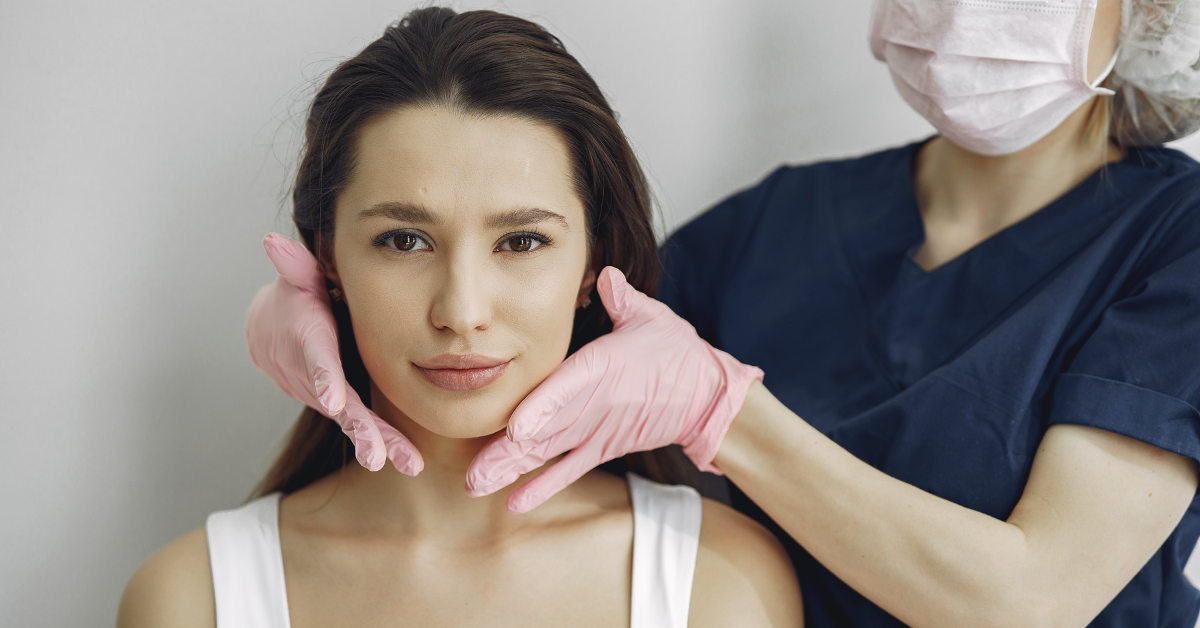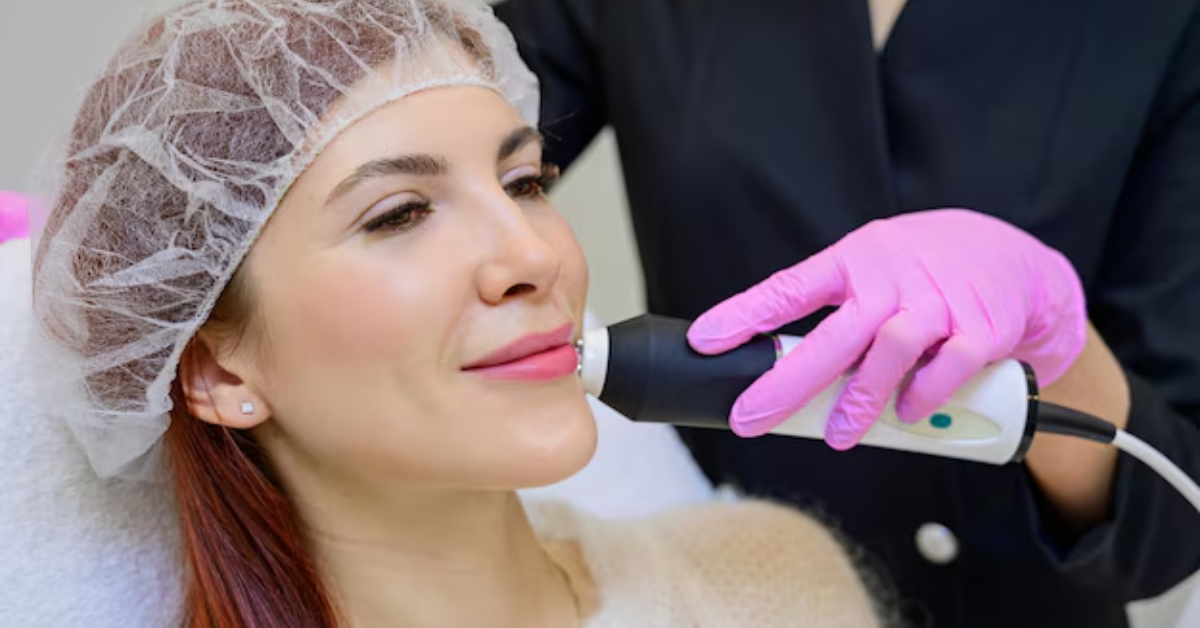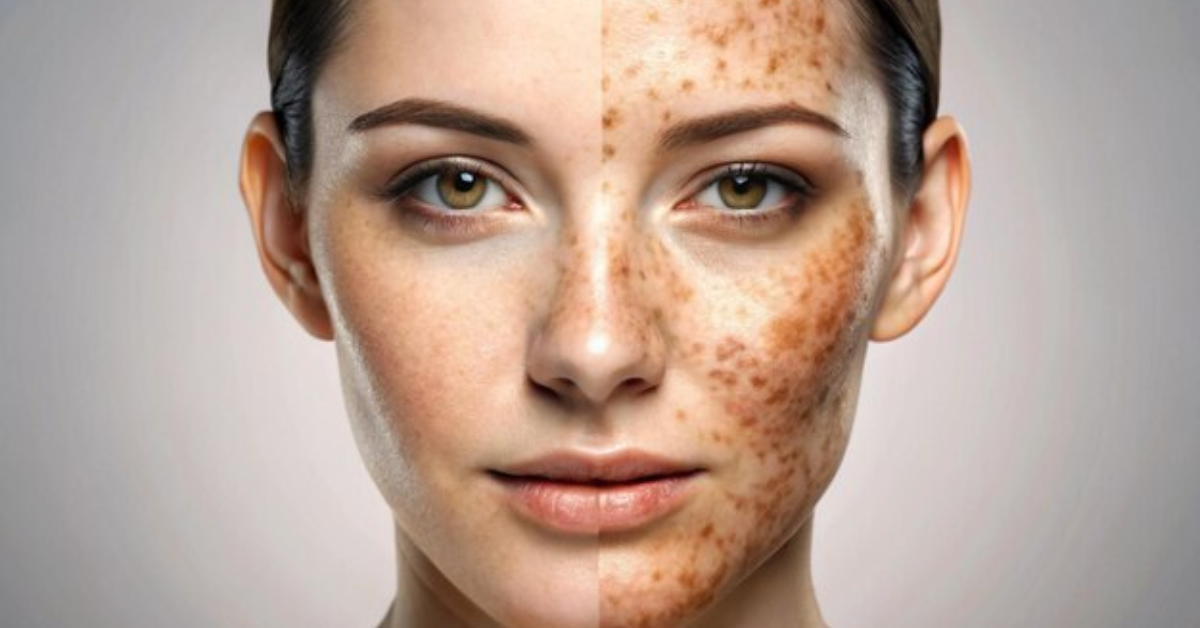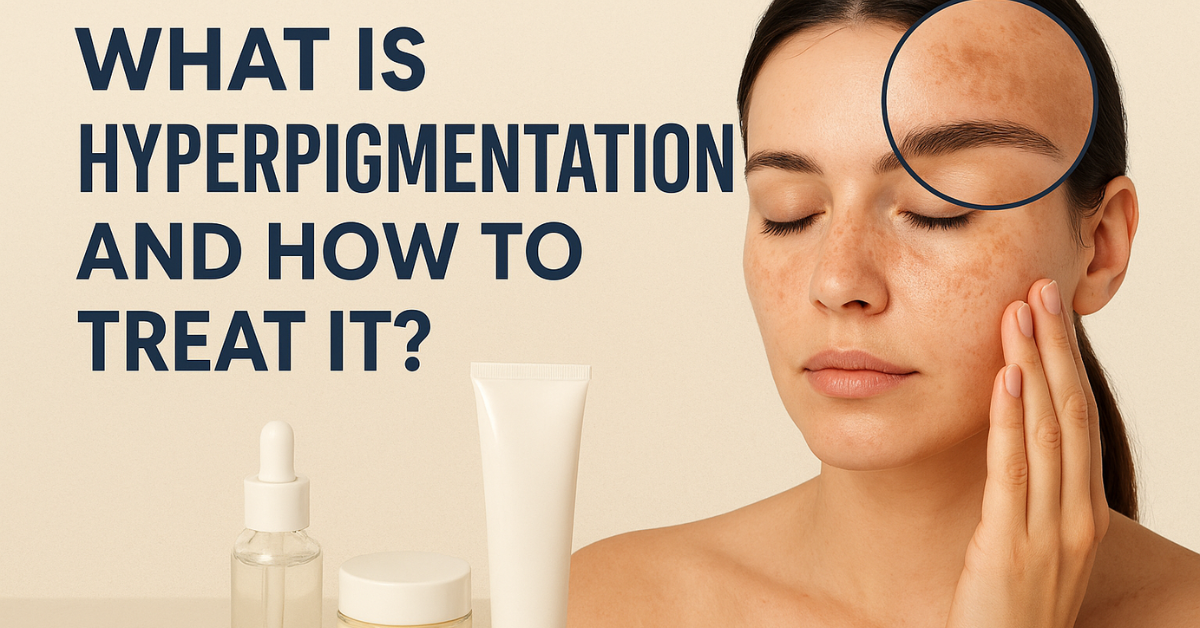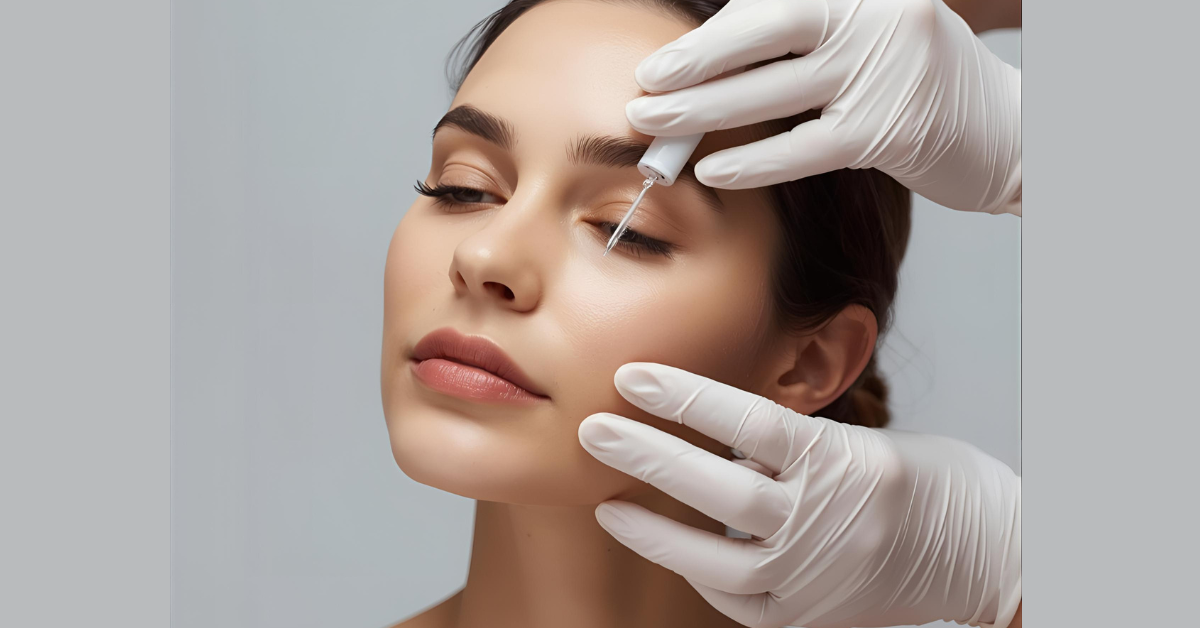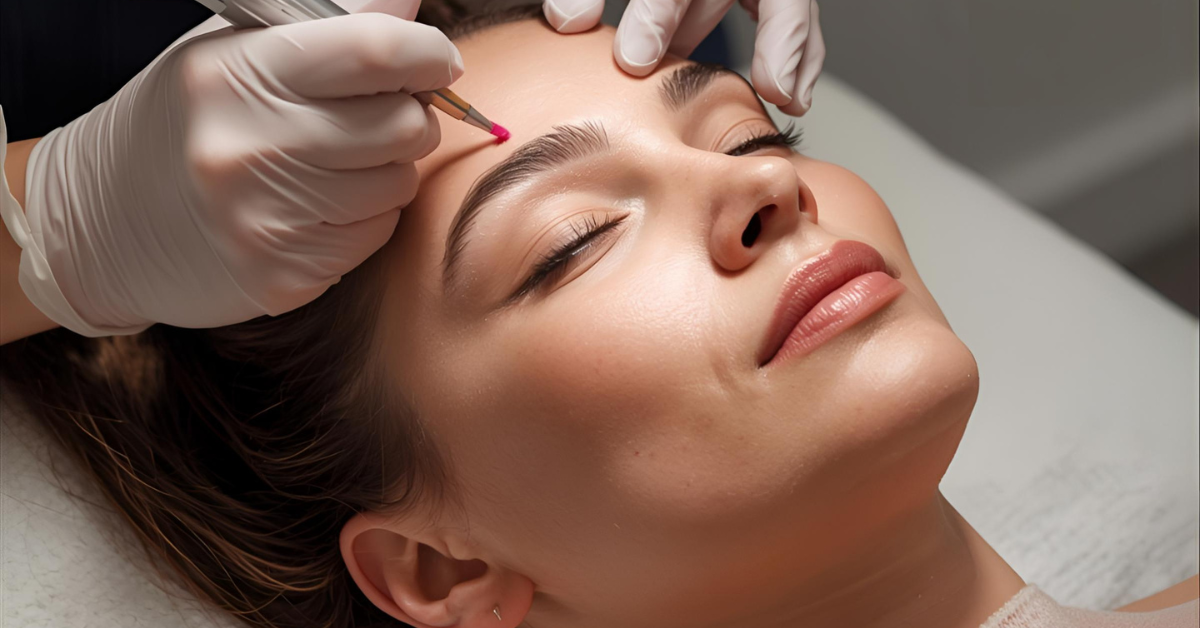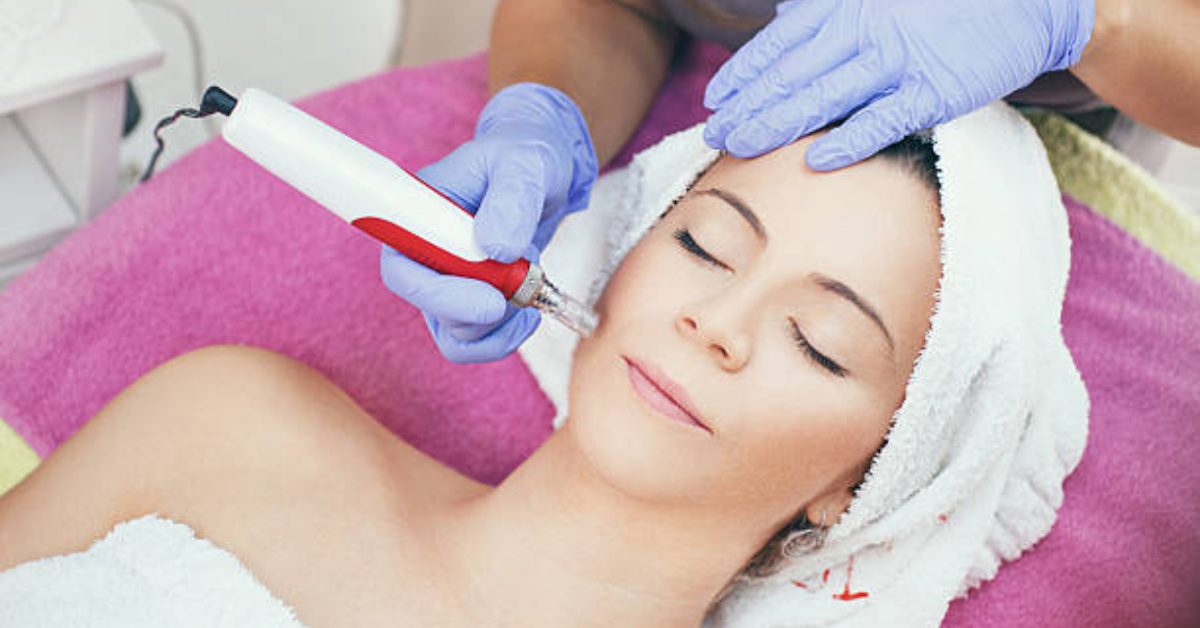Are There Different Types of Skin Pigmentation?
Skin pigmentation refers to the natural color of an individual’s skin, determined primarily by melanin, a pigment produced by specialized cells known as melanocytes. While skin tone varies across individuals, conditions or factors can cause changes in pigmentation, leading to uneven skin tone or discoloration. These changes often prompt the question: are there different types of skin pigmentation?
The answer is yes—there are several types of pigmentation, each with distinct causes, characteristics, and treatment options. Let’s explore the various types of skin pigmentation and what they mean for skin health.
Skin Pigmentation | An Overview
Pigmentation refers to the coloring of the skin, which is influenced by genetics, sun exposure, hormonal changes, and other environmental factors. Melanin plays a crucial role in determining skin color, and its overproduction or underproduction can result in pigmentation issues.
While some pigmentation conditions are harmless, others may require medical attention. Identifying the type of pigmentation is essential for determining the appropriate treatment or management strategy.
Types of Skin Pigmentation
1. Hyperpigmentation
Hyperpigmentation occurs when certain areas of the skin produce an excess of melanin, leading to darkened patches.
- Common Causes: Sun exposure, hormonal changes, inflammation, or skin injuries.
- Examples:
- Melasma: Often caused by hormonal changes, melasma appears as brown or gray patches on the face, particularly in women during pregnancy or while using hormonal contraceptives.
- Post-Inflammatory Hyperpigmentation (PIH): Dark spots that develop after skin inflammation or injuries, such as acne or eczema.
- Solar Lentigines: Commonly known as sunspots or age spots, these appear on areas frequently exposed to the sun, such as the face and hands.
2. Hypopigmentation
Hypopigmentation refers to a reduction or loss of melanin, causing lighter or white patches on the skin.
- Common Causes: Skin trauma, autoimmune conditions, or genetic disorders.
- Examples:
- Vitiligo: An autoimmune condition where the immune system attacks melanocytes, leading to white patches on the skin.
- Albinism: A rare genetic condition where melanin production is minimal or absent, resulting in very light skin, hair, and eyes.
- Pityriasis Alba: Common in children, this condition causes light, scaly patches, often on the face.
3. Freckles
Freckles are small, concentrated spots of pigmentation caused by an overproduction of melanin in response to sun exposure. They are more common in individuals with fair skin and tend to become more pronounced during sunny months.
Freckles are usually harmless and do not require treatment, although some people may choose to reduce their appearance using skin-lightening products or laser therapy.
4. Pigmentation Due to Medical Conditions
Certain medical conditions can affect pigmentation, causing either darkening or lightening of the skin.
- Addison’s Disease: A disorder of the adrenal glands that can lead to darkened patches of skin.
- Liver Spots: Dark spots linked to aging or liver dysfunction, often appearing on the hands or face.
Factors That Influence Skin Pigmentation
Skin pigmentation issues can be influenced by several internal and external factors:
- Sun Exposure: UV radiation stimulates melanin production, leading to tanning, sunburn, or long-term pigmentation issues.
- Hormonal Changes: Pregnancy, menopause, or the use of hormonal contraceptives can affect pigmentation, especially in women.
- Genetics: Many pigmentation conditions, such as albinism or freckles, are hereditary.
- Skin Trauma or Inflammation: Cuts, burns, acne, or eczema can trigger pigmentation changes as the skin heals.
- Medications: Certain drugs, such as chemotherapy agents or antibiotics, can cause pigmentation as a side effect.
Treatment Options for Skin Pigmentation
Managing skin pigmentation depends on its type and severity. Here are some common treatments:
1. Topical Treatments
- Hydroquinone: A popular skin-lightening agent for hyperpigmentation.
- Retinoids: Helps improve skin tone and reduce dark spots.
- Vitamin C: An antioxidant that brightens the skin and reduces discoloration.
2. Chemical Peels
Chemical peels exfoliate the skin, promoting the regeneration of new, evenly pigmented skin cells.
3. Laser Therapy
Advanced laser treatments can target pigmentation directly, reducing the appearance of dark or light patches.
4. Sun Protection
Preventing further pigmentation issues requires regular use of sunscreen with high SPF, as UV exposure exacerbates most conditions.
5. Medical Interventions
For conditions like vitiligo or albinism, dermatologists may recommend specialized treatments, including phototherapy or camouflage makeup.
When to Seek Medical Advice
While many pigmentation issues are harmless, it’s essential to consult a dermatologist if:
- The pigmentation changes suddenly or rapidly.
- There is pain, itching, or discomfort associated with the pigmentation.
- You notice irregular borders, rapid growth, or color changes in pigmented areas, as these could indicate skin cancer.
Conclusion
Skin pigmentation comes in various forms, from harmless freckles to more complex conditions like melasma or vitiligo. Understanding the type of pigmentation you’re dealing with is crucial for managing it effectively.
Whether caused by sun exposure, hormonal shifts, or genetic factors, many pigmentation issues can be treated or minimized with the right approach. Always prioritize sun protection and consult a dermatologist for tailored advice on maintaining healthy, even-toned skin.

